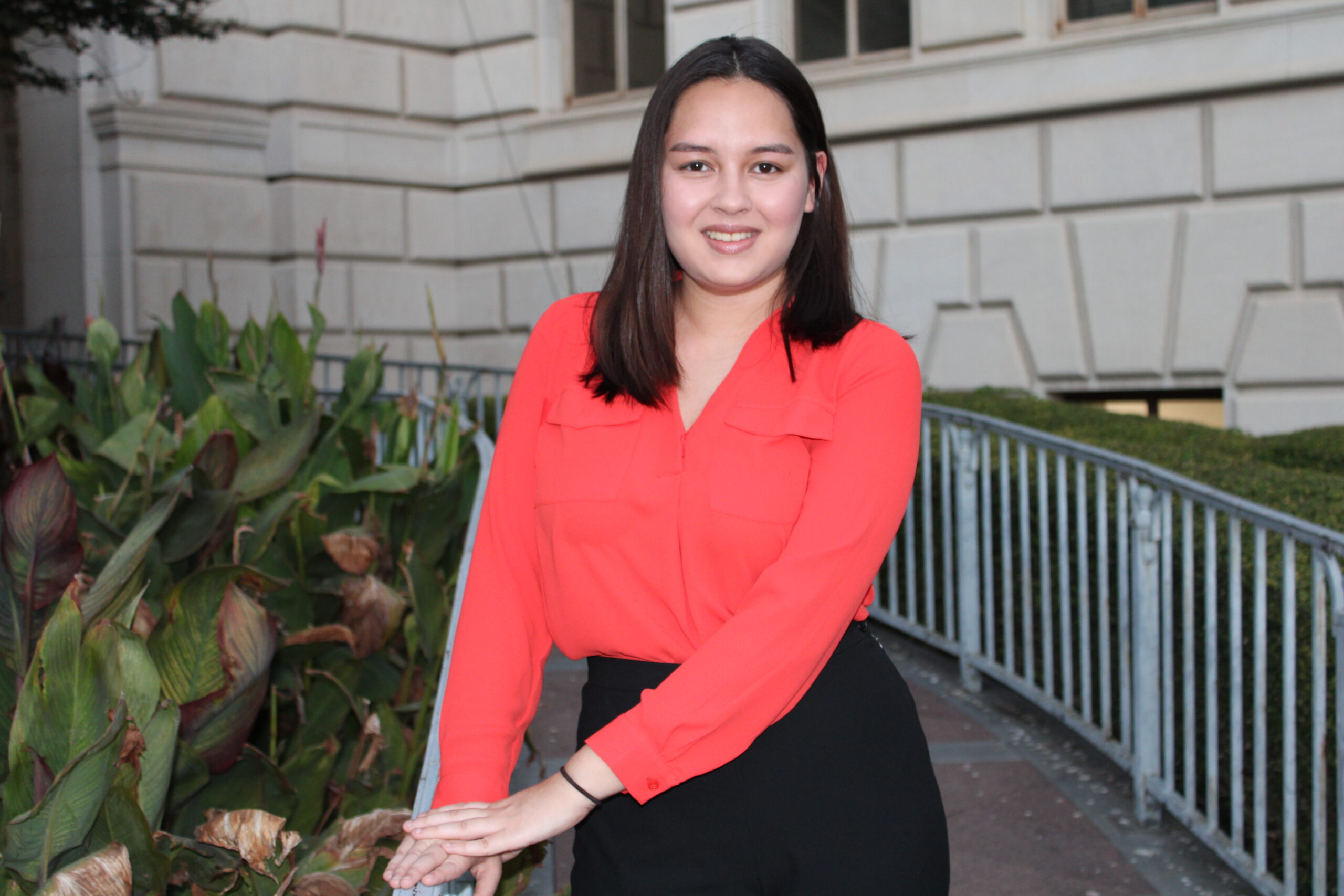What is USAID?
USAID, or the United States Agency for International Development, is an independent government agency responsible for administering foreign aid and implementing international development projects related to public health, food security, trade, and democratic governance abroad.
USAID was created in 1961 via an executive order by President John F. Kennedy immediately after he signed the Foreign Assistance Act into law. Both moves aimed to consolidate existing American foreign aid programs while also creating a tool of soft power to counter Soviet influence at the height of the Cold War. The creation of USAID brought together existing foreign assistance programs to form a collective agency that would spearhead efforts to promote social and economic development abroad. By 2023, USAID was one of the foremost aid agencies in the world, providing nearly $42 billion dollars per year in foreign assistance and leading global initiatives to combat disease. On its now-archived website, the agency framed its objective as a twofold mission: furthering American interests while improving lives in the developing world.
USAID Cuts
On January 20th, 2025, President Trump signed an executive order halting almost all foreign assistance for 90 days to assess the efficiency and consistency of the aid with U.S. foreign policy. He stated that the United State’s foreign aid industry and bureaucracy “are not aligned with American interests” and are often “antithetical to American values.” In light of this executive order, Secretary of State Marco Rubio paused all federal USAID funding. Organizations including the American Bar Association, government employees’ groups, and major health associations immediately responded with lawsuits, leading a federal judge to file an injunction against the funding freeze on February 13th.
Since then, the Trump Administration has followed through with reported plans to cut jobs at USAID from around 10,000 to 290 positions around the world, placing thousands on administrative leave or terminating them entirely. Recently, reports have emerged suggesting a top USAID official appointed under Trump has threatened remaining employees with dismissal if they speak to the press about “unauthorized” subjects. Construction crews began removing USAID signage from the Ronald Reagan government building in D.C. this week.
Lawsuits and Pushback
On February 19th, the same federal judge who issued the initial injunction against the funding freeze ordered the State Department to respond to a motion filed by several health organizations alleging that the Department is in contempt of court for continuing to shut down USAID programs. The judge gave the State Department’s Office of Budget and Management until 1pm Eastern Time on February 20th to respond.
Several agencies and lawmakers have also chimed in on the issue, with many emphasizing that the administration’s actions are unconstitutional. During a rally against the USAID cuts, Representative Schatz (D-HI) stated, “If you want to change an agency, you introduce a bill and pass a law. You cannot wave away an agency you don’t like or disagree with by executive order”. Public health officials have also warned that the administration’s efforts to dismantle USAID will result in preventable disease outbreaks, including an mpox global emergency.
In response to another lawsuit, U.S. district judge Carl Nichols temporarily blocked the Trump Administration’s continuation of mass USAID layoffs after the administration failed to produce a plan to ensure the safe evacuation of USAID workers stationed in unsafe situations abroad.
As lawsuits against the present efforts to dismantle USAID continue to emerge, the administration’s actions throughout February suggest the agency and its funding will remain in legal limbo for the foreseeable future.



